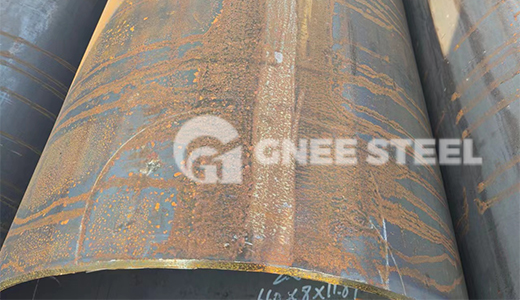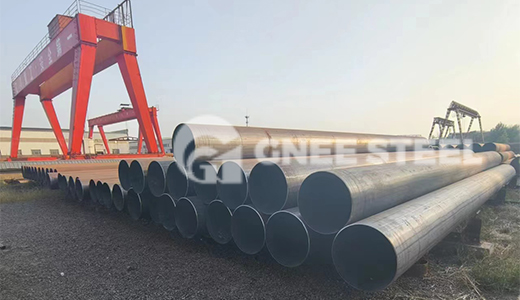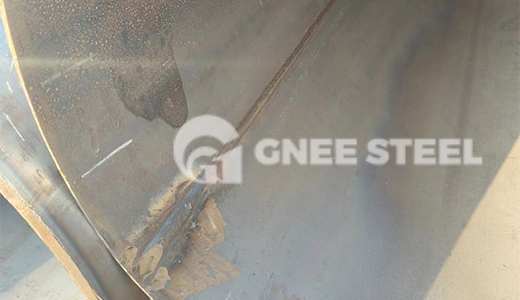1. Different principles
The welding principle of straight seam resistance welded steel pipe is to energize the inside of the steel pipe, heat the two interfaces to the melting point and then fuse them under pressure to form a straight seam steel pipe. The high-frequency resistance welded steel pipe uses high-frequency current to cause local heat on the surface of the steel pipe, so that the surface of the steel pipe is melted and pressed into shape to form a high-frequency resistance welded steel pipe.
2. Different scope of application
Straight seam resistance welded steel pipes are suitable for transporting general pressure fluids such as oil, natural gas, water and mist liquids. They can also be used for structural steel pipes, such as frame supports, building structures, machinery manufacturing, highways and bridges, etc. High-frequency resistance welded steel pipes are usually used to transport non-corrosive media and low-pressure gases, such as low-pressure water supply, heating systems, air conditioning and ventilation systems, etc.


3. Different production processes
The production process of straight seam resistance welded steel pipes is relatively simple and the production efficiency is high. The production process of high-frequency resistance welded steel pipes requires multiple processes such as uncoiling, forming, welding, and online ultrasonic weld detection, so the production efficiency is relatively low.
4. Performance differences
The same weld quality of straight seam resistance welded steel pipes is better than that of high frequency resistance welded steel pipes, while the seamless performance of high frequency resistance welded steel pipes is better than that of straight seam resistance welded steel pipes. In addition, the corrosion resistance of high-frequency resistance welded steel pipes is relatively strong.





